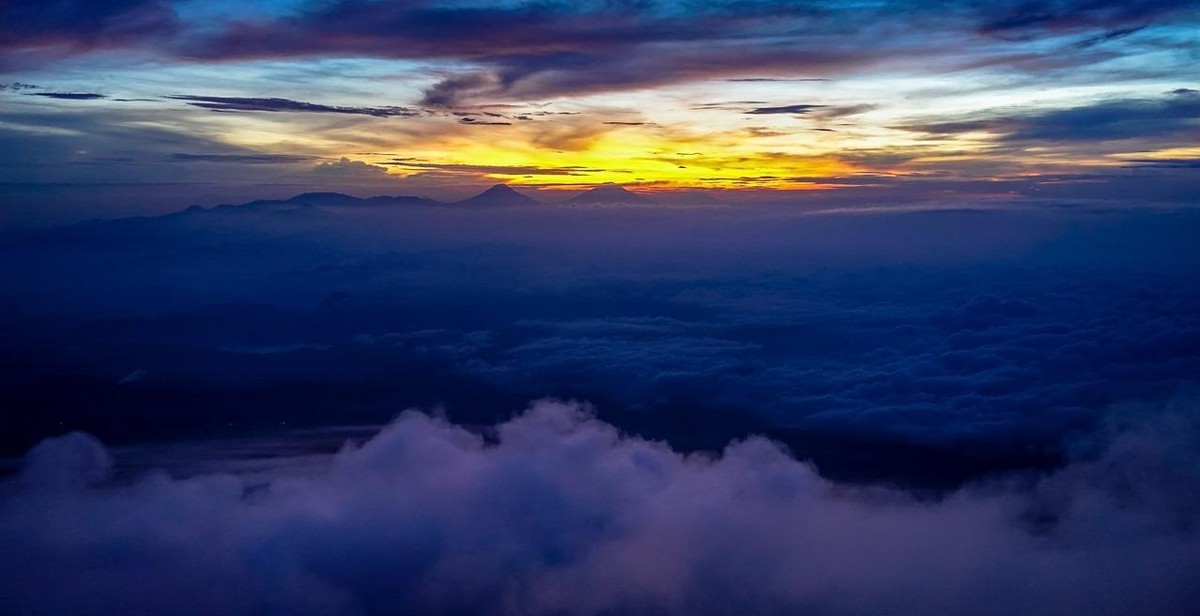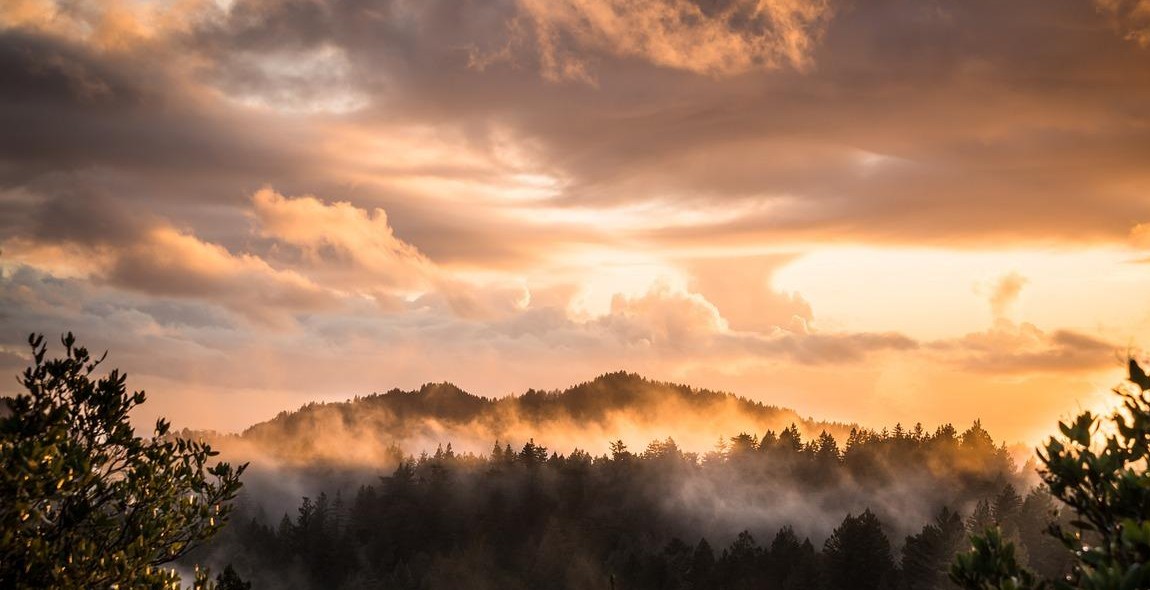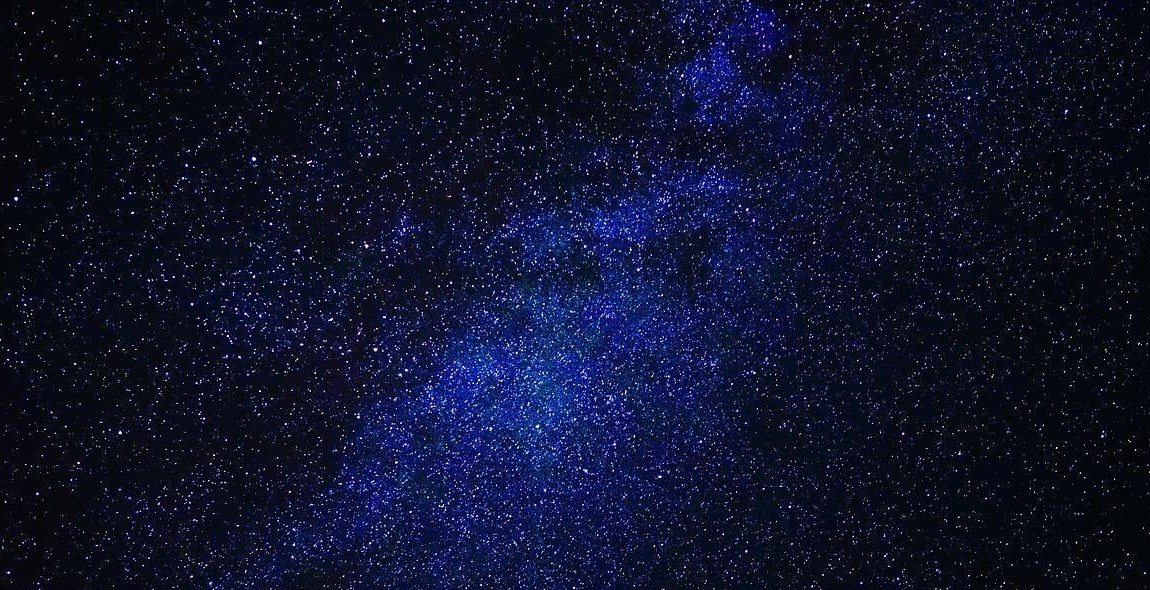Introduction
Welcome to “From Sunrise to Sunset: Capturing Nature’s Best Moments,” where we embark on a journey to explore the breathtaking beauty of nature through photography. Whether you are an aspiring photographer, nature enthusiast, or simply someone who appreciates the wonders of the natural world, this article will provide you with valuable insights and inspiration to capture nature’s best moments.
Nature photography allows us to freeze time and immortalize the fleeting beauty that surrounds us. From the vibrant hues of a sunrise to the serene calmness of a sunset, each moment in nature presents a unique opportunity to capture awe-inspiring images that evoke emotions and ignite our sense of wonder.
In this article, we will delve into the techniques, equipment, and tips required to capture stunning nature photographs. We will cover a range of topics, including composition, lighting, and post-processing, to help you elevate your photography skills and create images that truly stand out.
Additionally, we will explore various natural landscapes, from majestic mountains to tranquil seascapes, and discuss how to adapt your photography approach to different environments. We will also delve into the art of wildlife photography, offering insights into capturing the beauty and essence of animals in their natural habitats.
So, whether you are a seasoned photographer looking to refine your craft or a beginner eager to explore the world of nature photography, join us on this captivating journey as we learn to capture nature’s best moments.
The Magic of Sunrise
There is something truly magical about witnessing the beauty of a sunrise. As the first rays of sunlight break through the darkness, they paint the sky in vibrant hues of red, orange, pink, and gold. The stillness of the early morning hours is coupled with a sense of hope and new beginnings as nature awakens.
Why Sunrise is Special
Sunrise offers a unique and captivating experience for photographers and nature enthusiasts alike. The soft, warm light of the early morning creates a serene atmosphere, casting a beautiful glow on everything it touches. The colors and patterns created by the interplay of light and shadow during this time are truly awe-inspiring.
Another reason why sunrise is special is the opportunity it provides to capture breathtaking photographs. The soft light and calmness of the morning make it easier to achieve stunning compositions and capture the intricate details of the landscape. Whether you are an amateur or a professional photographer, sunrise offers a chance to create truly memorable images.
Tips for Photographing Sunrise
To make the most of your sunrise photography, consider the following tips:
- Plan Ahead: Scout your locations in advance and check the weather forecast to ensure optimal conditions.
- Arrive Early: Allow plenty of time to set up your equipment and find the best vantage point.
- Use a Tripod: Stability is crucial for capturing sharp images in low light conditions.
- Experiment with Exposure: Play around with different exposure settings to achieve the desired effect.
- Include Foreground Interest: Incorporate elements such as rocks, trees, or water to add depth and interest to your composition.
Best Locations for Sunrise Photography
While every location has its own charm, some places are renowned for their spectacular sunrise views:
- Machu Picchu, Peru: Witness the ancient Inca ruins bathed in the soft morning light.
- Grand Canyon, USA: Capture the stunning colors and dramatic landscapes of this natural wonder.
- Ayers Rock, Australia: Experience the magical transformation of Uluru as the sun rises over the vast Outback.
- Santorini, Greece: Photograph the iconic white-washed buildings against the backdrop of a breathtaking sunrise.
- Maasai Mara, Kenya: Capture the golden light as it illuminates the African savannah, creating a mesmerizing scene.
Exploring these locations will provide you with unforgettable opportunities to capture the magic of sunrise and create stunning photographs that will leave a lasting impression.

The Beauty of Golden Hour
Golden Hour, also known as Magic Hour, refers to the period shortly after sunrise or before sunset when the sun is low in the sky, casting a warm and golden glow over the landscape. This time of day is highly sought after by photographers and nature enthusiasts due to the unique and captivating lighting conditions it offers.
Photography Techniques for Golden Hour
To make the most of the Golden Hour, photographers employ various techniques to capture stunning images:
- Plan Ahead: Research the location and weather conditions beforehand to choose the perfect spot and time for your shoot.
- Use a Tripod: Stability is crucial during low-light conditions, so using a tripod will help you achieve sharp and well-exposed images.
- Adjust White Balance: Set your camera’s white balance to “Cloudy” or “Shade” mode to enhance the warm tones of the Golden Hour.
- Experiment with Silhouettes: Capture the beauty of silhouettes by positioning your subject against the bright golden sky.
- Utilize Backlighting: Shoot directly towards the sun to create a halo effect and add a dreamy atmosphere to your photographs.
Capturing the Warmth of Golden Hour
During Golden Hour, the soft and warm light creates a magical ambiance that enhances the beauty of any subject. Whether you’re photographing landscapes, portraits, or wildlife, this time of day offers endless opportunities for stunning shots.
Landscapes come alive during Golden Hour, with the warm light accentuating textures, colors, and creating long, soft shadows. The golden hues of the sun’s rays can transform ordinary scenes into breathtaking vistas.
When photographing people, Golden Hour provides a flattering and warm glow that enhances skin tones and adds depth to portraits. The soft light also reduces harsh shadows, resulting in a natural and ethereal appearance.
For wildlife enthusiasts, the Golden Hour is a prime time to capture animals in their natural habitat. The warm light and long shadows add drama and interest to wildlife photography, making the images come alive.
Golden Hour is a magical time that offers photographers and nature lovers a chance to capture truly extraordinary moments. With the right techniques and a keen eye, you can create stunning images that showcase the beauty and warmth of this special time of day.

The Enchanting Blue Hour
The blue hour, also known as the golden hour, is a magical time of day for photographers. It occurs twice a day, just before sunrise and after sunset when the sun is below the horizon. During this time, the sky takes on a beautiful blue hue, creating a unique and enchanting atmosphere.
Understanding Blue Hour
Blue hour is a short period of time when the natural light transitions from day to night. The name “blue hour” comes from the blue tones that dominate the sky during this time. The quality of the light is soft and diffused, making it ideal for capturing stunning photographs with a dreamy ambiance.
Blue Hour Photography Tips
To make the most of the blue hour, here are some tips to keep in mind:
- Plan Ahead: Use apps or websites to determine the exact time of the blue hour in your location.
- Arrive Early: Set up your equipment and composition before the blue hour begins to avoid missing the fleeting moments.
- Use a Tripod: As the light decreases, longer exposures are necessary. A sturdy tripod will ensure sharp and steady shots.
- Experiment with Exposures: Play with different exposure settings to capture the perfect balance between the darkening sky and the remaining light.
- Include Foreground Elements: Incorporate interesting foreground elements to add depth and perspective to your blue hour photos.
Creating Mood and Atmosphere during Blue Hour
Blue hour photography offers a unique opportunity to create mood and atmosphere in your images. Here are some techniques to enhance the enchanting qualities of the blue hour:
- Embrace Silhouettes: Use the contrast between the darkened foreground and the vibrant sky to create striking silhouettes of objects or people.
- Capture Cityscapes: Blue hour is particularly captivating in urban environments. The soft blue light can beautifully illuminate cityscapes, creating a captivating contrast between artificial and natural light.
- Experiment with Long Exposures: Take advantage of the longer shutter speeds during the blue hour to capture light trails or smooth water surfaces.
- Include Artificial Lighting: The combination of the blue hour sky and artificial lights can create a captivating and atmospheric image.
Mastering the art of blue hour photography takes practice and experimentation. However, with these tips and techniques, you’ll be well on your way to capturing the enchanting beauty of the blue hour.

The Drama of Sunset
As the day draws to a close, the sun begins its descent, casting a mesmerizing display of colors across the sky. Sunset photography is a popular genre that captures the beauty and drama of this magical time of day. Here are some techniques and tips to help you capture stunning sunset photographs.
Sunset Photography Techniques
To capture the essence of a sunset, it’s essential to use the right techniques. One popular technique is to shoot in manual mode and adjust your camera settings accordingly. Start with a low ISO to reduce noise and a narrow aperture for a greater depth of field. Experiment with different shutter speeds to capture the desired effect, whether it’s a burst of colors or a dreamy long exposure.
Another technique is to use a tripod to keep your camera steady and avoid any blurriness. This is particularly important when shooting at slower shutter speeds. Additionally, consider using a remote shutter release or the camera’s self-timer function to prevent any camera shake.
Using Silhouettes and Reflections
One way to add drama to your sunset photographs is by incorporating silhouettes. Position your subject against the vibrant colors of the setting sun to create striking contrasts. Experiment with different angles and compositions to capture unique silhouettes.
Reflections can also enhance the beauty of a sunset photo. Look for bodies of water, such as lakes or oceans, to capture the reflection of the colorful sky. Calm waters can create a mirror-like effect, doubling the impact of the sunset.
Best Locations for Sunset Photography
Choosing the right location can make a significant difference in your sunset photography. Look for places with unobstructed views, such as hilltops, beaches, or open fields. These locations provide a clear line of sight to the horizon, allowing you to capture the full glory of the setting sun.
Coastal areas offer unique opportunities for sunset photography, with the added bonus of capturing the sun sinking into the sea. Urban landscapes can also provide interesting backdrops, with buildings and city lights complementing the vibrant colors of the sunset.
Remember that the weather conditions can greatly influence the outcome of your sunset photographs. Clouds, for example, can add drama and texture to the sky. Experiment with different weather conditions to capture a variety of moods and atmospheres.

The Allure of Night Photography
While daytime photography captures the beauty of nature under the sun, night photography unveils a whole new realm of mesmerizing scenes. The darkness of the night sky provides a canvas for photographers to capture stunning images of stars, the Milky Way, and other captivating nightscapes. To embark on this nocturnal adventure, you need the right equipment, knowledge of long exposures, and techniques to capture the celestial wonders.
Night Photography Equipment
To capture the magic of the night, you’ll need some essential equipment:
- A sturdy tripod: Essential for keeping your camera steady during long exposures.
- A wide-angle lens: Allows you to capture a broader view of the night sky.
- A camera with manual settings: Enables you to have full control over exposure, aperture, and ISO.
- A remote shutter release: Minimizes camera shake and allows you to take long exposures without touching the camera.
- A flashlight or headlamp: Helps you navigate in the dark and adjust camera settings.
Mastering Long Exposures
Long exposures are crucial for capturing the beauty of the night sky. By using longer shutter speeds, you can gather more light and create stunning images. Here are a few tips to master long exposures:
- Use a low ISO setting to reduce noise in your images.
- Set your aperture to a low f-number (e.g., f/2.8) to allow more light into the camera.
- Experiment with different shutter speeds to achieve the desired level of exposure.
- Consider using a remote shutter release or the camera’s built-in timer to avoid camera shake.
Capturing Stars and the Milky Way
To capture the mesmerizing beauty of stars and the Milky Way, follow these tips:
- Find a location away from light pollution for clearer skies.
- Shoot during a new moon or when the moon is below the horizon to avoid excessive brightness.
- Use the widest aperture and longest shutter speed possible to capture as much light as possible.
- Experiment with different compositions and foreground elements to add interest to your images.
With the right equipment, knowledge of long exposures, and techniques to capture celestial wonders, you can unlock the allure of night photography and create breathtaking images that showcase the beauty of the night sky.
Conclusion
In conclusion, capturing nature’s best moments from sunrise to sunset is a truly rewarding experience. From witnessing the vibrant colors of the morning sky to the peacefulness of a sunset, these moments allow us to connect with the beauty of the natural world.
By following the tips and techniques mentioned in this article, you can enhance your photography skills and create stunning images that capture the essence of these magical moments. Remember to plan your shoots in advance, choose the right equipment, and experiment with different angles and compositions to create unique and captivating photographs.
Additionally, understanding the importance of lighting and being patient are key factors in capturing the perfect shot. Take advantage of the golden hours, when the light is soft and warm, and be prepared to wait for the ideal moment when the elements align.
Furthermore, post-processing plays a crucial role in enhancing your images. Utilize editing software to adjust colors, contrast, and sharpness, while maintaining the natural feel of the scene. Remember to keep your edits subtle and true to the original moment you captured.
Lastly, always remember to respect and appreciate nature while capturing its beauty. Leave no trace and be mindful of the environment. By doing so, you can continue to enjoy and photograph nature’s best moments for years to come.
So, grab your camera and venture out into the world, ready to capture the breathtaking beauty of nature from sunrise to sunset. With practice and dedication, you will be able to create stunning photographs that will leave a lasting impression on both yourself and those who view your work.
